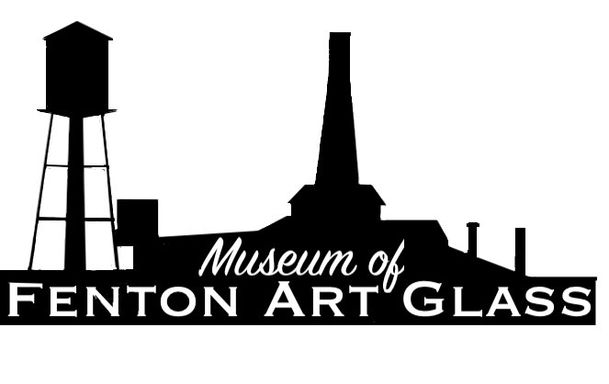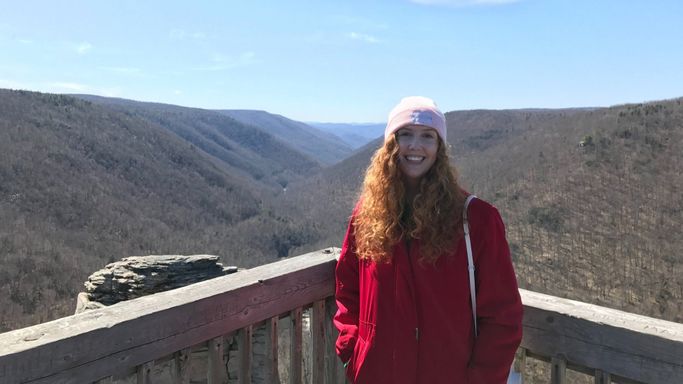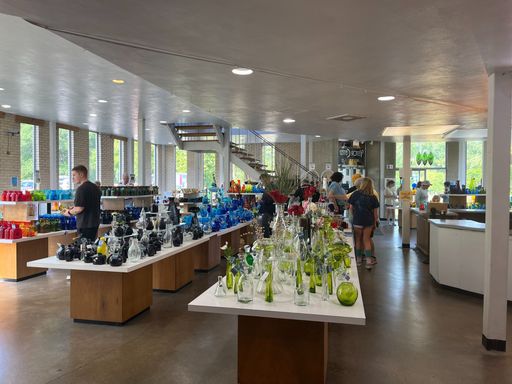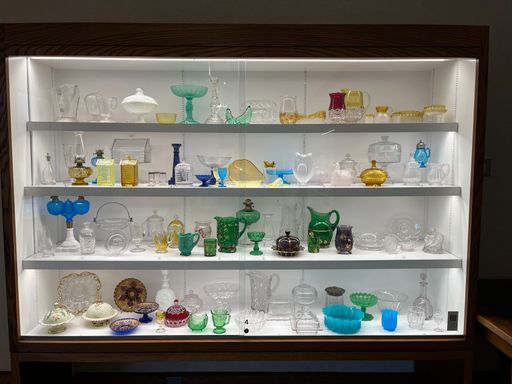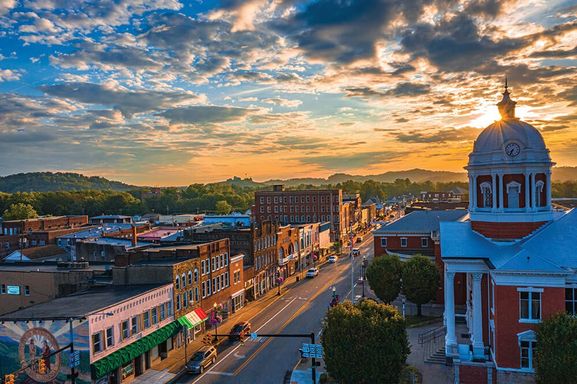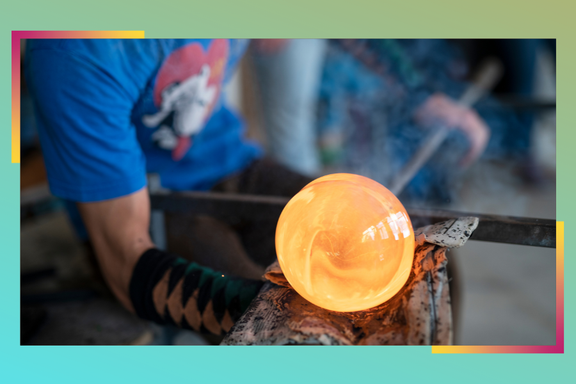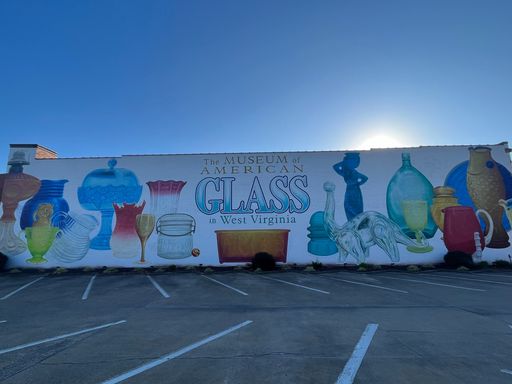Blog Writing.
Beginning my blog writing experience through Mountaineer Media, a West Virginia-first outlet, I have taken that expertise to create a new, convenient section on my website to eventually locate all of my blogs in one place. I will be frequently updating with new blogs, so stay tuned and don't forget to bookmark this page!
Click on each image to take you to one of my blogs!

